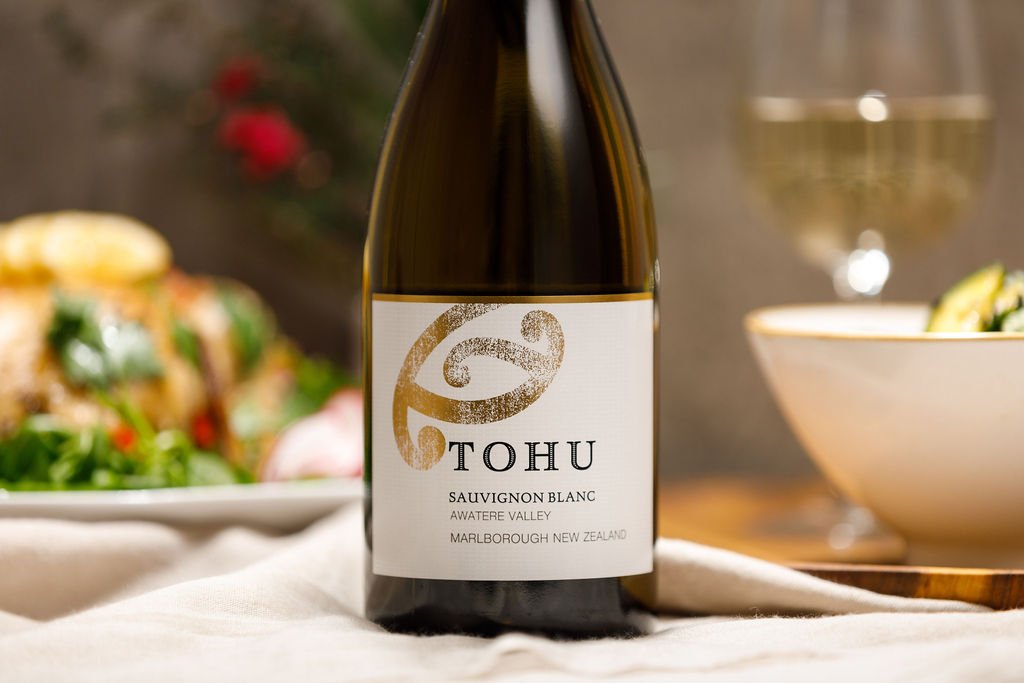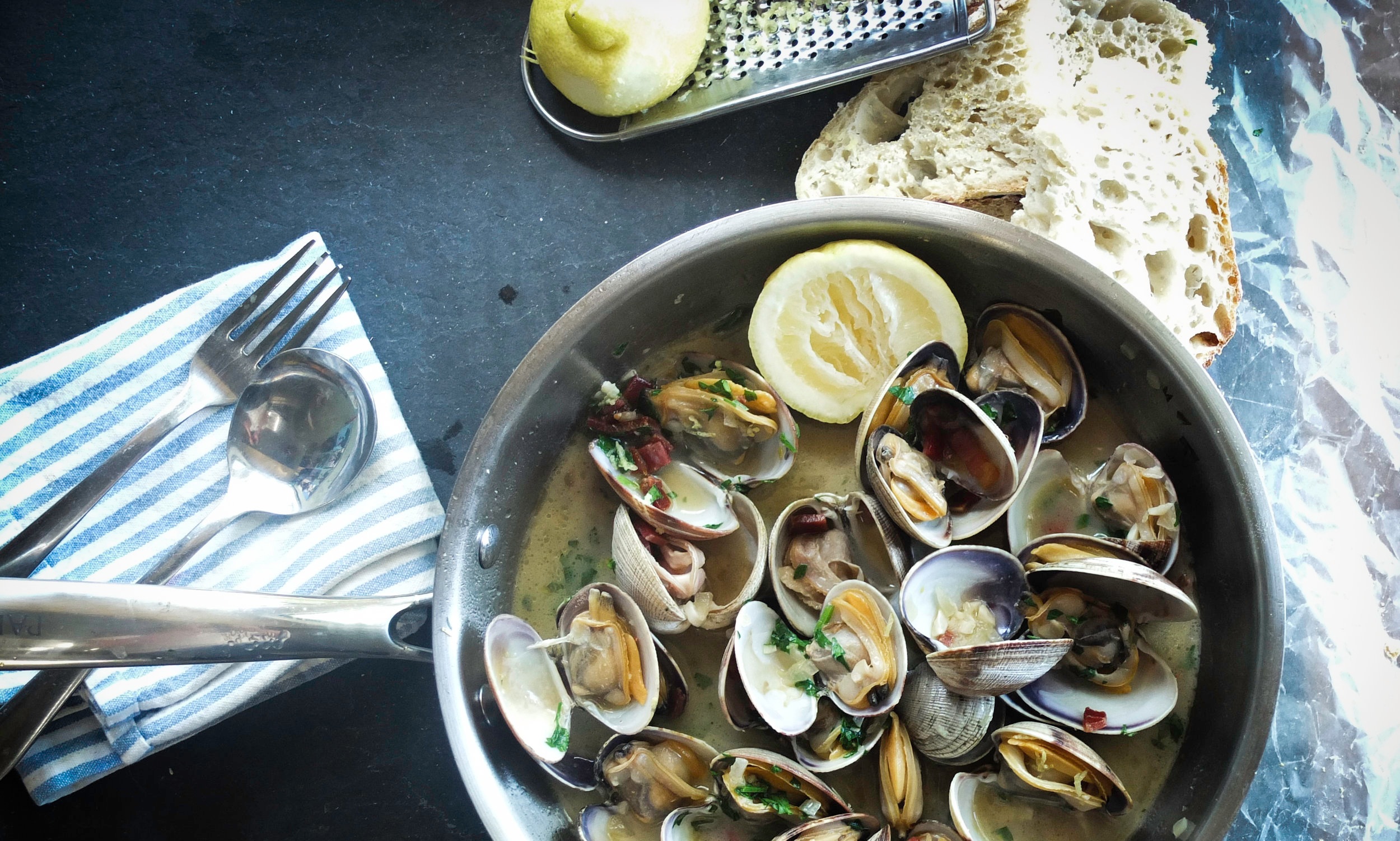A guide to Sauvignon Blanc
The name Sauvignon Blanc translates to ‘Wild White’ – an apt description for a wine that’s nothing short of wild on the palette.
The unique minerality that can be achieved, the flavoursome zest of citrus and intensity of herbal and earthly aromas make it a popular drop throughout the world.
Of course, we may not always equate popularity with quality or distinctiveness. But perhaps it’s sometimes worth finding out what all the fuss is about.
Taking New Zealand to the world
No one could have predicted the celebrity status that New Zealand Sauvignon Blanc would reach in a couple of decades. It’s the varietal that has propelled New Zealand wine to the world stage, and is still by far our most widely planted variety.
The beautiful region of Marlborough at the top of the South Island accounts for the majority of production, thanks to it’s long sunny days and cool evenings.
Sauvignon Blanc flavour
The secret to Sauvignon Blanc’s distinctive taste come from aromatic compounds called ‘pyrazines’. The ‘base’ flavours are citrus fruits, in particular lime, apple, white peach and passion fruit. Depending on how ripe the grapes are when the wine is made, the flavour will range from sharp lime at one end of the scale (not as ripe), to flowery peach (ripe and sweeter).
Other common reports describe the herbaceous flavours of Sauvignon Blanc which compliment the fruity zest, such as pepper, jalapeño, wild gooseberry and freshly cut grass.
And perhaps you may have heard the infamous ‘cat pee’ metaphor? What this is actually referring to is a rather funky acidity on the nose, reminiscent of guava. Despite the comparison it’s actually a very pleasant aroma.
Our Tohu Awatere Valley Sauvignon Blanc (2022) has been described as having:
aromas of citrus zest and vibrant tropical fruit with notes of fresh spring herbs complemented with hints of orange blossom and lemongrass. The palate is layered with flavours of juicy ripe lemon and lime, sweet fresh pineapple and crunchy green apple.
Different flavours develop with the recent practice of oak-aging. Rich, earthy flavours like vanilla, dill, butter, and nutmeg are common. Our Tohu Mugwi Reserve (2016) for example, has been fermented in oak barrels, and tasting notes say:
This wine displays a powerful and complex nose of ripe tropical passionfruit underpinned with delicate exotic spices and rich nutty biscuit notes. On the palate ripe peach, tropical fruit and nettle are finely balanced with underlying minerality and pure fruit elegance.
Storing Sauvignon Blanc
Unoaked Sauvignon Blanc (the vast majority) is generally designed to be consumed as young as possible. However, Sauvignon Blanc can be stored in your cellar for a year, but ideally no longer than two years. If the bottle is oaked however it may last up to three years.
To maximize the shelf life of an unopened bottle of Sauvignon Blanc (or any wine), store in a cool, dark area, away from direct heat or sunlight. Try your best to keep the temperature steady.
When you’re planning to serve your prized bottle, remember that an unopened white wine should not be refrigerated until one to two days before drinking. This is not always possible of course with many whites from supermarkets or liquor stores storing wine in fridges these days.
Storing opened Sauvignon Blanc
We recommend drinking your open Sauvignon Blanc bottle within five to seven days.
Once you twist the cap (or more rarely pop the cork) your wine is exposed to oxygen and bacteria which begins to alter its colour, aromas and flavour. It’s best to sit in the fridge, with the cap back on.
If you’re concerned that it has turned, look at the wine in a clear glass for changes in colour and trust your sense of smell. If you detect an ‘off’ odour, flavour or appearance, it should be discarded.
You can of course use your discarded Sauvignon Blanc for cooking as well, in fact it’s perfect for most dishes. It goes particularly well in creamy seafood pasta sauces. You can even freeze it in an ice-cube tray and use later to offer some “bite” to any sauce.
How to serve Sauvignon Blanc
Serve Sauvignon Blanc chilled, at around seven degrees. Oaked variants are best served closer to room temperature – ideally ten degrees.
For Sauvignon Blanc, you want a glass shape with a narrower aperture than a traditionally wide-bodied red wine glass. When sipping from a slimmer vessel, the wine tends to stay away from the sides of the mouth which pick up the acidity. This shape also holds the aromas in the glass.
Nutritional information
Sauvignon Blanc will vary in terms of nutritional breakdown, especially as the fermentation process differs from brand to brand, season to season, and bottle to bottle.
But experts suggest that an average glass of Sauvignon Blanc will contain around 120 calories.
Because Sauvignon Blanc is fermented from grapes some of the calories will be carbohydrates in the form of sugar, but the majority of calories stem from the alcohol content itself, which is usually around 11-14%.
Mass-produced wines often from overseas are more likely to be additive-rich. We recommend always checking labels.
In New Zealand, strict food safety regulations control the use of wine protectants or preservatives and all wineries are audited on this annually.
At Tohu, the concept of caring deeply for our lands and their rich and fertile condition create wines of personality and purity. We therefore use as little additives as possible and adhere to the strictest of standards. Our vineyards and winery are certified by Sustainable Winegrowing New Zealand.
Pairing Sauvignon Blanc with food
This star varietal is certainly capable of accommodating a large array of food pairing combinations, or on its own, is a mouth-watering palate cleanser, especially on a hot day.
Sauvignon Blanc is best paired with seafood dishes, including shellfish, fresh fish and squid and crayfish.
Strong flavourful herbs and crispy green salad ingredients resonate well with the wine flavours, in particular goats cheese, asparagus, avocado or grilled red peppers.
And tangy foods, such as fresh tomato or salads with fennel, mango or papaya and vinegar based dressings are also ideal matches.
Dishes that don't work as well are those with cooked tomato. Red meat dishes with gravy or dark savoury sauces are better matched with red wine variants.
How does Sauvignon Blanc compare to other white wines?
Sweet to dry to rich – New Zealand’s white varietals cover a large spectrum. Here are some characteristics to expect from Aotearoa’s most popular commercial varieties.
Chardonnay: Concentrated citrus, tropical fruit, rich fullness
Pinot Gris: Mouth-filling, refreshing acidity and marked fruitiness
Riesling: From bone dry to lush and sweet
Gewurztraminer: Breadth and weight, smooth texture, subtle acidity
Sparkling: Nutty, balanced with fresh fruit.






